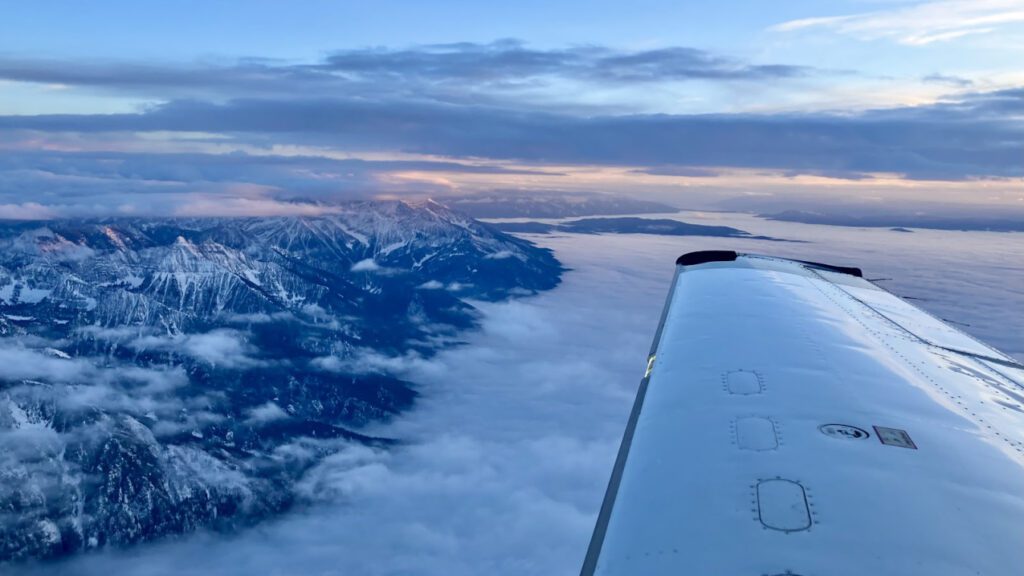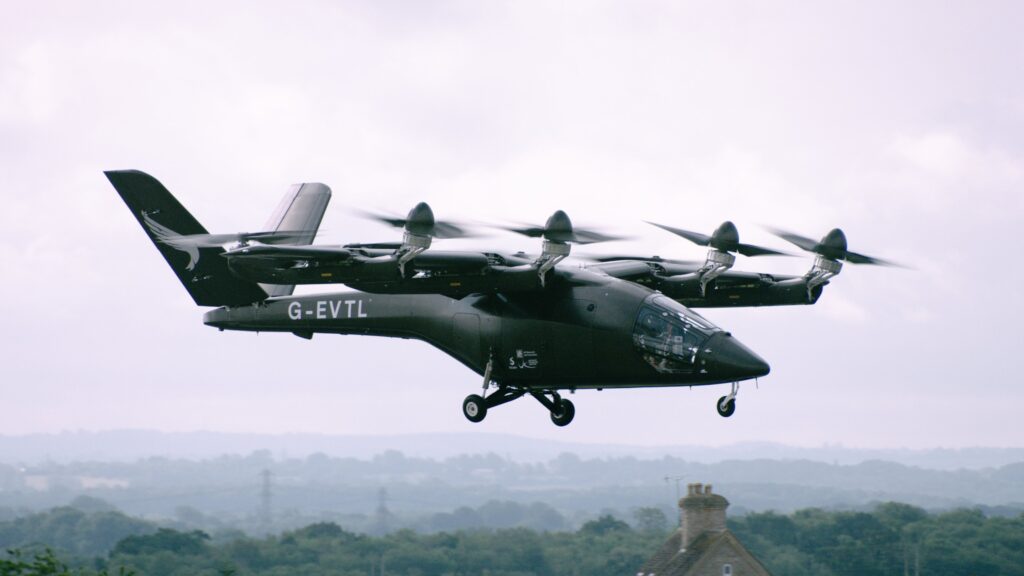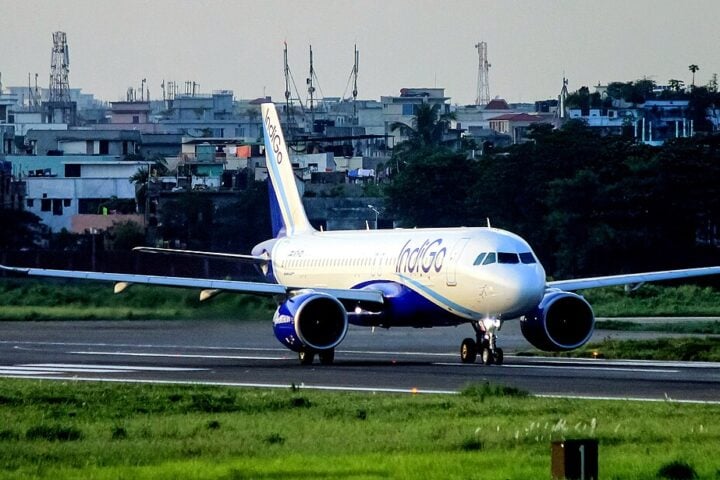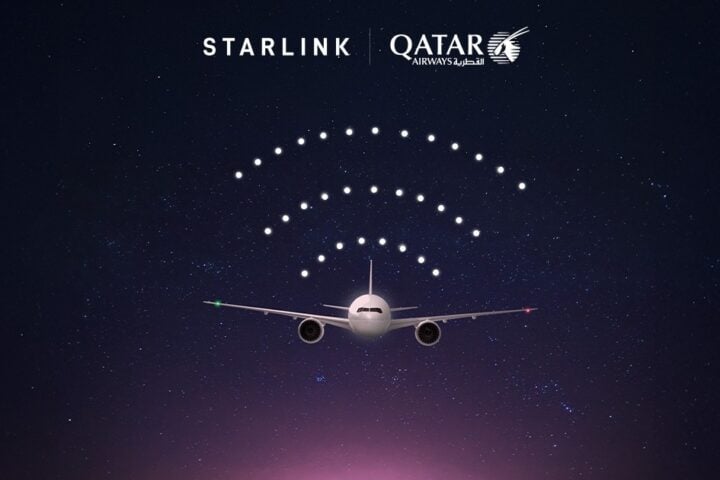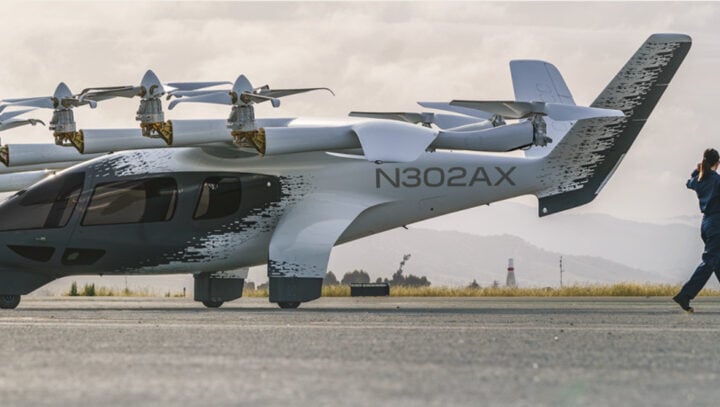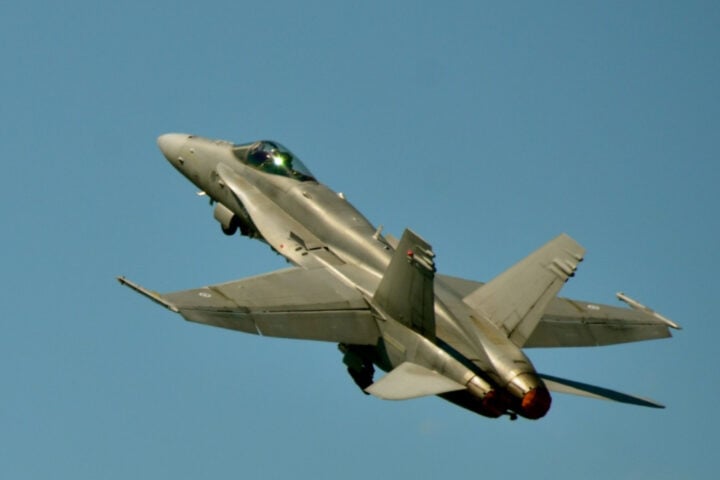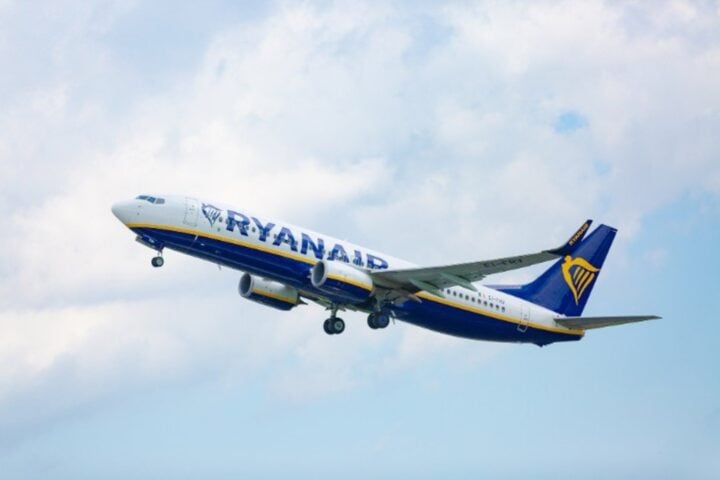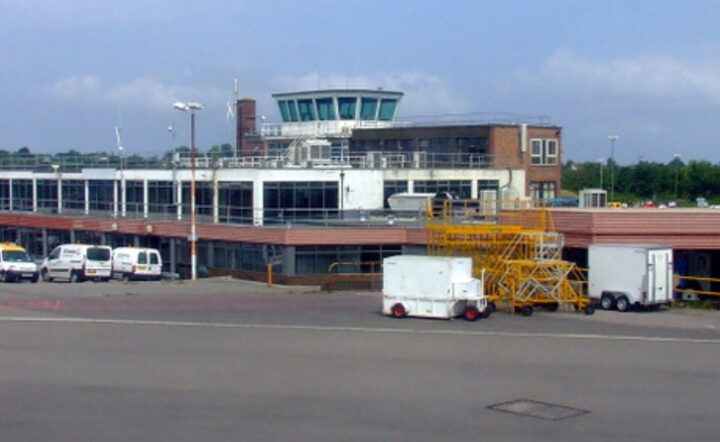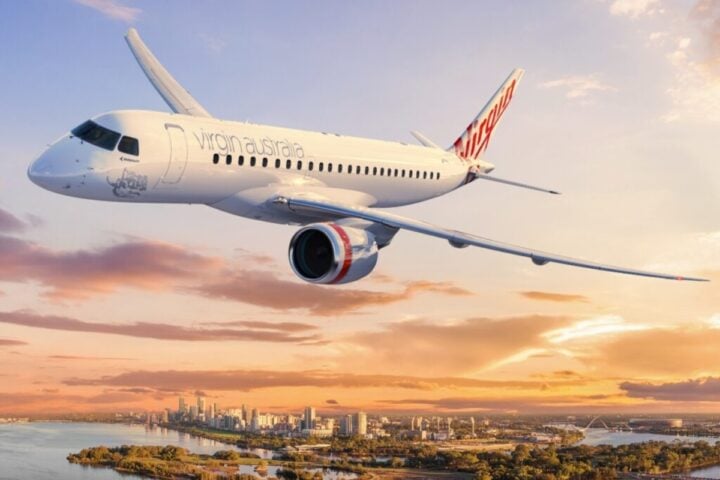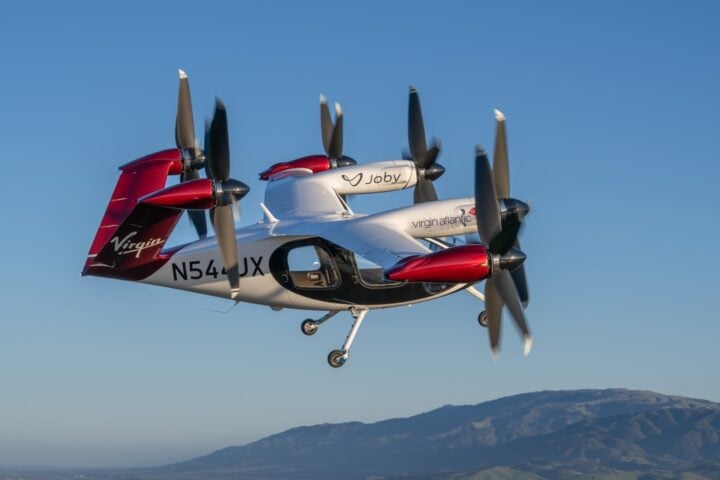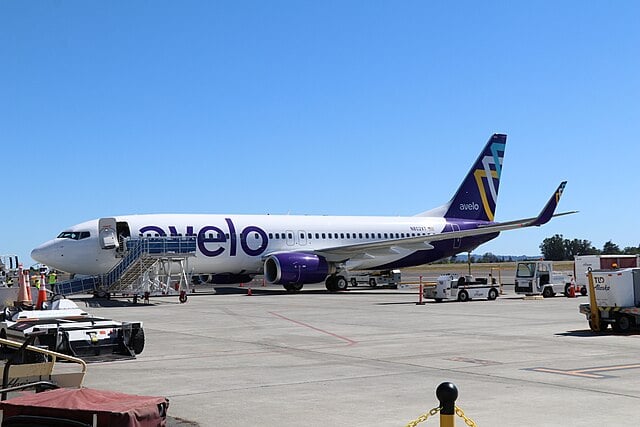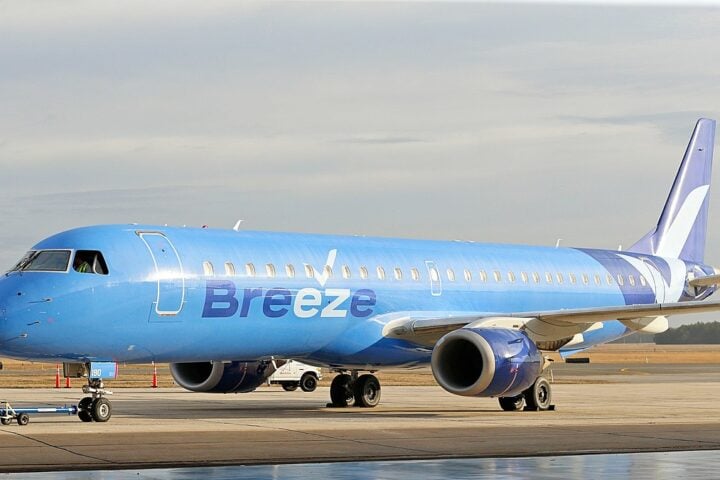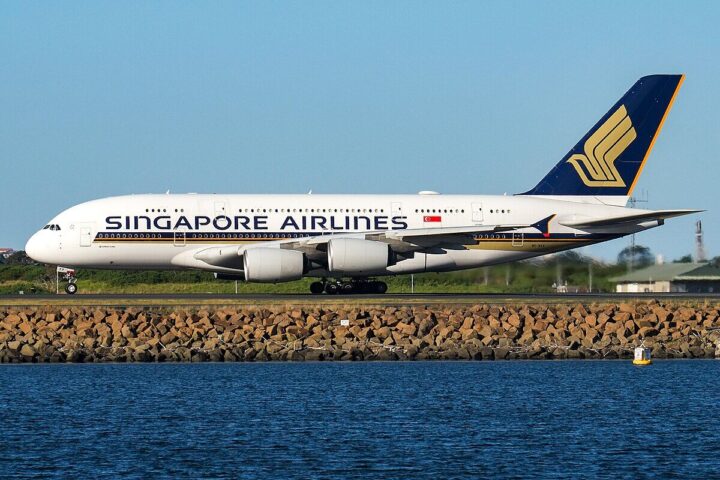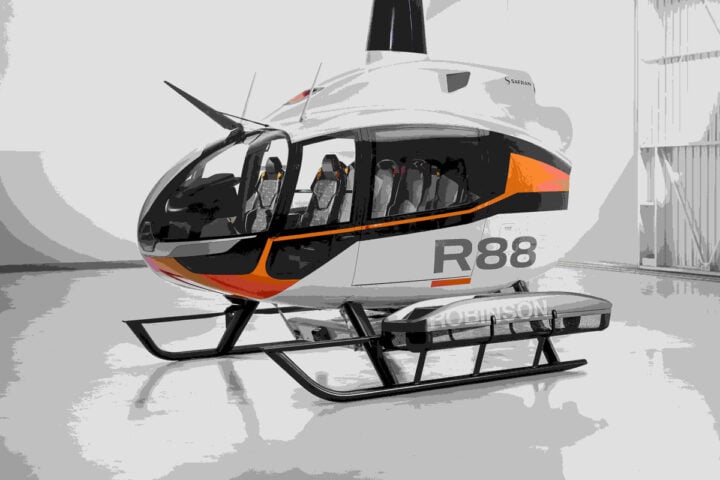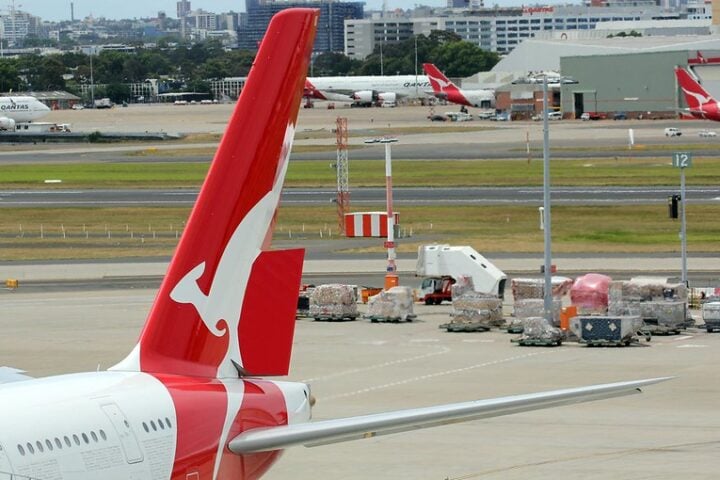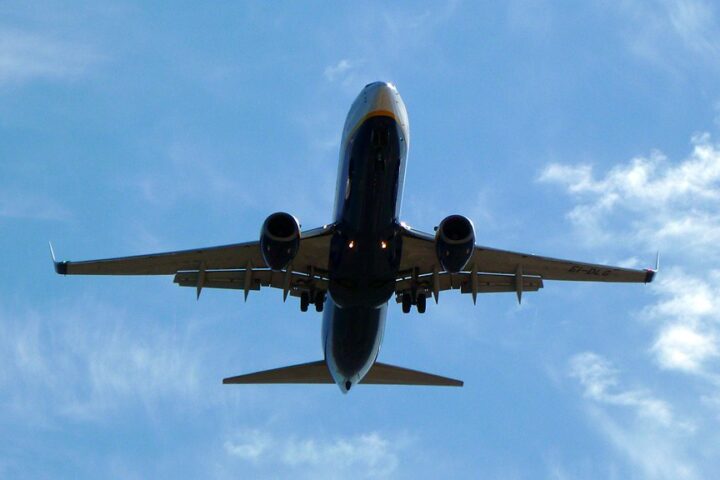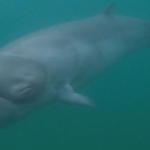An agreement to equip a Boeing 737 with a sophisticated instrument package has been announced. The package will measure greenhouse gases and other pollutants during domestic flights. It’s a first step in establishing a partnership that could significantly improve monitoring of CO2 (carbon dioxide), methane, and other greenhouse gases, as well as improving the accuracy of weather forecasts in the US.
Designed as a test for a potential larger network of instrumented commercial aircraft, this initiative would allow for continual monitoring of greenhouse gases and key observations, like water vapor, above large metropolitan regions in the US. The agreement, a Cooperative Research and Development Agreement, was announced on July 23 at the White House Super Pollutants Summit.
NOAA’s Global Monitoring Laboratory (GML) operates a network of 60 sampling sites around the world and contracts with private pilots to collect airborne samples during 14 regular flight routes in the US, averaging three times a month. The analysis of these samples provides data that allows scientists to accurately track the global increase in CO2 and other greenhouse gases.
Dr. Sarah Kapnick, NOAA’s chief scientist, said, “This collaboration represents a significant leap forward in US efforts to monitor and mitigate greenhouse emissions.” NOAA, along with partners like NASA and the National Science Foundation, regularly conduct atmospheric research missions to make direct measurements, but these campaigns are costly and limited in terms of how much area they can cover and how long the instruments remain in the air.
Similar Post
Installing instruments on airlines would vastly increase the number and distribution of samples that would be collected. Colm Sweeney, leader of GML’s commercial aircraft program, said, “We’ll be collecting data over multiple cities multiple times a day, in different seasons, and under varying weather conditions. This will allow scientists to more accurately measure US emissions at sub-regional scales, which is one goal of a national greenhouse gas monitoring strategy announced earlier this year, and at just 1% of the cost of deploying research aircraft.”
Another added benefit will be clearer skies. All life on our ocean planet is affected by climate, weather, and water. The mission of NOAA is to understand and predict our changing environment, from the deep sea to outer space, and to manage and conserve America’s coastal and marine resources.
In a nutshell, NOAA and United Airlines are partnering to measure greenhouse gases and pollutants with high-tech flight instruments.
